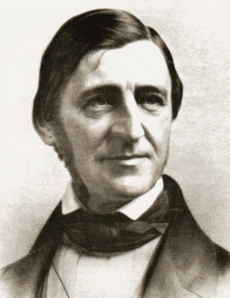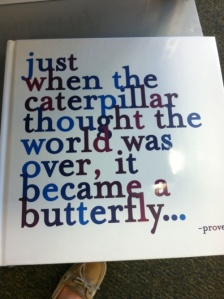
Credit: Rex Features as posted at cntraveller.com
Back in the late 1960s and all through the decade of the 70s, one of my favorite TV shows was Hawaii Five O. You may be too young to have known that the current show is actually a remake of the original. But I assure you, Detective Steve McGarrett has been saying, “Book ‘em, Danno!” a long time. I can burst into singing that theme song and show you my super-surfer, 50-foot wave stance at the simple mention of Hawaii Five-O. For a long time, I’d give my little brothers instructions and then look at them and say, “Be there, Aloha!” They were not amused.
Then along comes the remake. Like many remakes, the producers have changed things up a bit. Though the logo sometimes seems inconsistent, it appears the name now has a “zero” (Hawaii Five-0) or an 0 that is broadened out looking a bit like a link, instead of a capital O in the name.
In the original, we knew that Detective LT McGarrett was in the Naval Reserve, now Lieutenant Commander McGarrett, USNR, not only has a new rank, but he is clearly linked to the military, even collaborating with the NCIS: Los Angeles team.
The point is the remake isn’t the original. The characters have the same names, but they’ve been tweaked. The settings include new places, and modern-day agencies like the Department of Homeland Security are now part of the episodes.
Why should you care about the original Hawaii Five-O or the remake, Hawaii Five-0? Simply, because I wish for you to consider this communication lesson:
All communication begins and ends with the story we create. When we recreate (or remake) the story, we change the results that we get.
Most stories have at least four elements: the characters, the setting, the problem or event, and the resolution. Our communications have these same elements.
Characters. Like a good movie, TV show, or book, our communications have characters: you, me, and maybe some other folks. We all bring to communication our history, culture, gender, education, personalities, experiences, assumptions, opinions, prejudices, moods, and much more.
Setting. Our communications also have a setting: where and when the communication takes place. Sometimes geography makes a difference, or weather, or time of day, or a public or private place. Sometimes the setting may be online, in an email, on the phone, or face-to-face in a meeting.
Events/Problems/Conflict. We’re always communicating for some reason. We call this the event or the problem we’re trying to solve. As our interactions take place and we attempt to work out what we want or need, misunderstandings may occur. Our emotions may get stirred up a bit. We may think and feel things about the other person that make it difficult to come to a good ending. Tensions and interpretations may cause us to fight, or run away, or just freeze up and stop communicating. We usually just call it conflict.
Resolution. When conflict happens, it’s time to step back and do a remake of the story to find a resolution. How do we do this? By examining the elements of our story and seeing where we might remake something.
Examine the characters, especially yourself. We have the power to change how we look at ourselves and how we’re thinking and feeling about others. Am I unfairly assigning bad intention to someone? Are my assumptions limiting my perspective in some way? Do I need to gather more information? Am I taking something personally, when it is not intended that way?
Examine the setting. Can we move the location where the event is happening? If we were in public, would it help to move to a private location? Do we need to get out of the rain, or the cold, or the hot sun? Is it the wrong time of day to address this issue? Can we take a walk together and talk?
Examine the desired result. Can we modify our expectations in some way? Is there something better? Is there something more agreeable to both of us? Can we change the expected timeframe? Can we lower the cost?
Once we’ve decided how we want to remake the story, we give it a try to see what happens. Remember, we can keep tweaking any of the elements until we’re happy with the result we’re getting. It’s not always easy, but a good story is always worth it.
Key Life Choice: How about sharing one of your story remakes with us? What elements did you remake? How did it change the outcome for you? What made it worth it?










